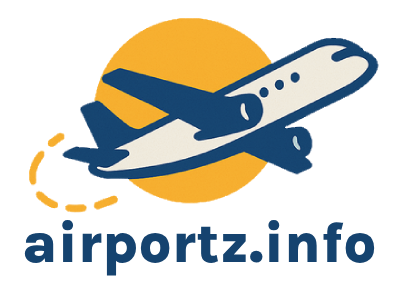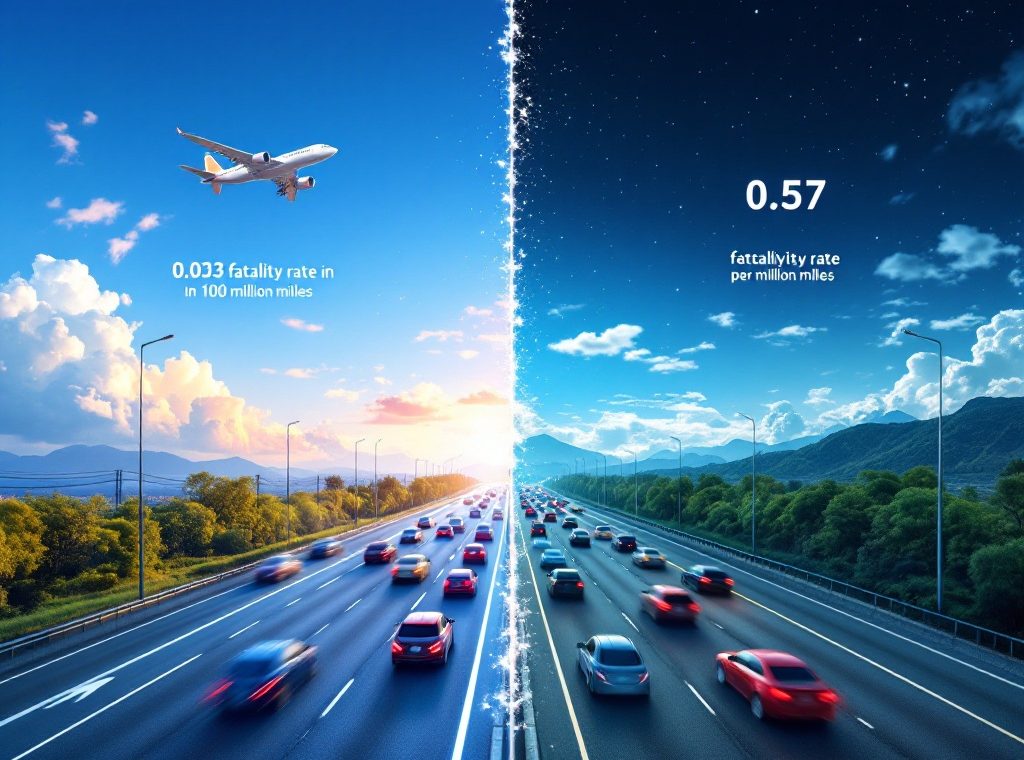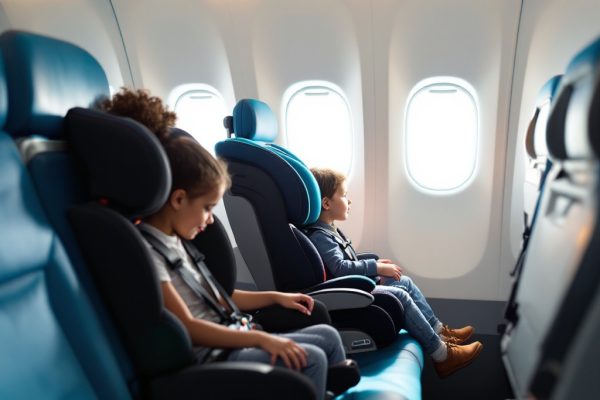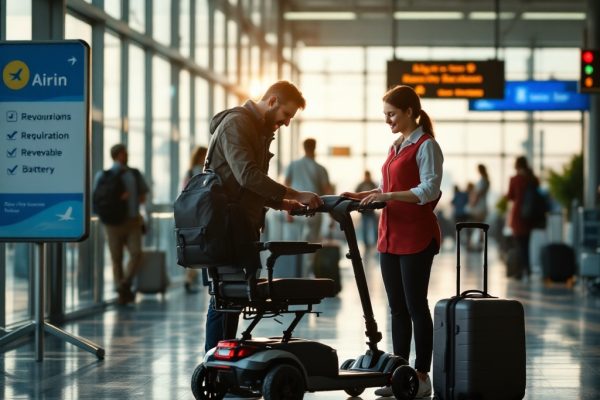Is Air Travel Safer than Car Travel: Ultimate Comparison
Is flying safer than driving? Discover the surprising truth about air travel safety. With a fatality rate of just 0.003 per 100 million miles flown in 2022, air travel significantly outperforms car travel’s rate of 0.57. Explore the advanced technology, rigorous training, and stringent regulations that make flying statistically safer. Learn how these factors contribute to a one in 11 million chance of a fatal plane crash, compared to one in 5,000 for cars. Read on to understand the data and put your mind at ease.
Important information
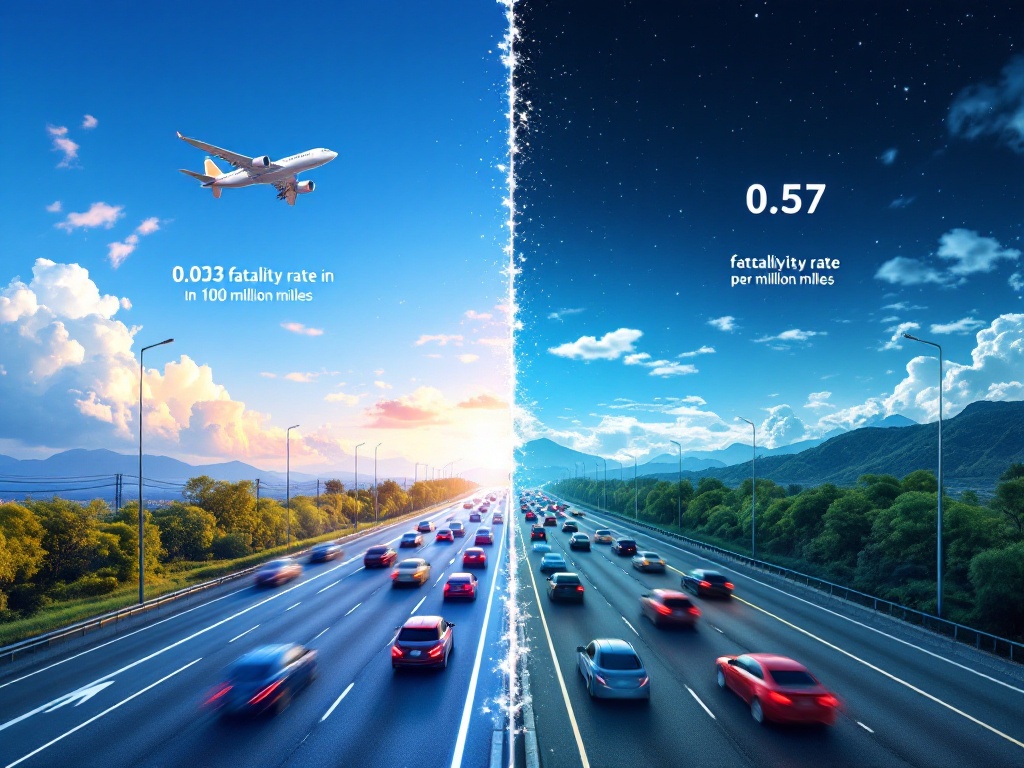
- Air travel has a lower fatality rate per mile than car travel.
- In 2022, air travel had a fatality rate of 0.003 per 100 million miles flown, compared to 0.57 for cars and trucks.
- The odds of dying in a plane crash are one in 11 million, while the odds of dying in a car crash are one in 5,000.
- Stringent regulations, advanced technology, and rigorous training contribute to air travel safety.
- Factors like driver behavior and road conditions make car travel less safe.
Is Air Travel Safer than Car Travel: Ultimate Comparison
Air travel boasts a lower fatality rate per mile traveled than driving, making it statistically safer. This superior safety record stems from stringent regulations, advanced technology, and rigorous pilot training. While car accidents are more frequent and contribute to a higher overall number of deaths and injuries, 2022 witnessed significantly fewer fatalities from plane crashes. The sheer volume of vehicles on the road increases the risk of car accidents, further solidifying air travel as a safer mode of transportation.
Understanding Injury and Death Statistics in Transportation
Air travel boasts a significantly better safety record compared to driving. For every 100 million passenger miles, flying results in near-zero injuries, while car and truck travel sees 42 injuries.
This striking disparity underscores aviation’s superior safety. Tragically, US roads claim 38,000 to 40,000 lives each year, representing a 1 in 5,000 chance of a fatal car accident. Millions more suffer injuries, further emphasizing the heightened risks associated with road travel.
Injury Rates: Air Travel vs. Car Travel
Air travel has a much better safety record than driving. Plane passengers experience far fewer injuries.
Car and truck travel result in a significantly higher injury rate, making flying statistically safer.
Death Rates: Comparing Air and Highway Travel
In 2022, air travel demonstrated exceptional safety with a remarkably low fatality rate of 0.003 per 100 million miles flown.
Conversely, highway travel posed a significantly higher risk in 2022, with a fatality rate of 0.57 deaths per 100 million miles for cars and trucks.
Air Travel vs. Car Travel: Assessing Safety Records
Air travel boasts a remarkable safety record, with the odds of a fatal plane crash being just one in 11 million.
This is significantly lower than the risk of dying in a car accident, estimated at one in 5,000.
This stark contrast highlights the superior safety of air travel.
Advanced technologies and stringent safety protocols contribute to this impressive statistic, reflected in the declining number of aviation accidents between 2000 and 2022. Air travel is safer now than ever before.
Comparing Injury and Fatality Rates
Air travel stands out with a superior safety record compared to driving. Plane crashes are rare, resulting in significantly fewer injuries and fatalities than car accidents.
Millions of car accidents occur annually, leading to a substantial number of injuries and deaths. This starkly contrasts with the much lower incident rate and improved safety statistics of air travel.
Aviation Accidents Trends: 2000 to 2022
Air travel has become significantly safer. Between 2000 and 2022, aviation accidents saw a marked decline, demonstrating a clear improvement in air safety.
Safety in Air Travel: Procedures and Technologies
Sophisticated avionics and collision avoidance systems enhance pilots’ situational awareness, providing a clear view of their surroundings.
Aircraft, built with advanced materials and design, boast robust structures and exceptional durability.
Real-time tools, tracking flight data, further bolster safety.
Innovations in air traffic control, including new safety protocols, minimize potential risks.
These advancements contribute to a safer flying experience.
Risk Factors and Accident Rates in Air and Car Travel
Air travel stands out for its exceptional safety record, attributed to several key factors:
- Stringent regulations, ensuring high operational standards.
- Advanced technology, minimizing human error and enhancing safety features.
- Rigorous training for pilots and crew, equipping them to handle diverse situations.
- Automated systems, increasing precision and reducing the risk of accidents.
- Meticulous aircraft maintenance, guaranteeing optimal performance and safety.
Air traffic control further bolsters safety by expertly managing the flow of aircraft, preventing collisions and ensuring efficient air space utilization.
In contrast, car travel presents a different safety profile:
- Heavy reliance on individual driver behavior, a less predictable factor influencing safety.
- Variable road conditions, posing challenges and increasing accident potential.
- Vehicle maintenance discrepancies, contributing to mechanical failures and accidents.
These factors contribute to a considerably higher accident rate per mile traveled for cars compared to airplanes.
Analyzing fatal accident rates per passenger mile—a metric considering both passenger numbers and distance—reveals a stark contrast. This standardized measure allows for accurate comparisons across different modes of transportation. Data consistently shows that air travel boasts a significantly lower fatal accident rate per passenger mile than car travel, underscoring its superior safety record.
Analyzing Risk Factors: Air Travel
Stringent regulations, cutting-edge technology, and rigorous training for pilots and crew are essential for safe air travel. These combined factors significantly mitigate risks and bolster aviation’s impressive safety record. As a result, air travel is remarkably safe.
Fatal Accident Rates and Passenger Mile Considerations
While many people are anxious about flying, air travel is actually much safer than driving. This is supported by significantly fewer fatalities per passenger mile traveled in the air compared to on the road. The statistics clearly demonstrate that flying offers a higher level of safety.
Implementing Safety Measures in Transportation
Airline safety is paramount. Flight crews undergo rigorous training to handle any situation, and strict maintenance protocols ensure aircraft are in peak condition. Advanced safety technologies further enhance security, minimizing risks and making flying safer for all. Continued vigilance remains essential.
Air Travel Safety Measures and Risk Management
Air travel prioritizes safety through meticulous risk management. Stringent pilot training and aircraft maintenance are crucial. Advanced technologies further minimize human error. Aviation authorities contribute by imposing strict regulations and fostering a strong safety culture. Airlines also prioritize risk management and incident reporting for continuous improvement, leading to safer skies for all passengers. Here’s a breakdown of how safety is ensured:
Stringent pilot training: Pilots undergo rigorous training to handle diverse situations, ensuring passenger safety.
Meticulous aircraft maintenance: Regular inspections and maintenance minimize technical failures, ensuring optimal aircraft performance.
Advanced technologies: Implementation of cutting-edge technologies reduces human error and enhances safety measures.
Strict regulations: Aviation authorities impose and enforce regulations that uphold high safety standards.
Strong safety culture: Fostering a safety-conscious environment across the aviation industry promotes proactive risk management.
